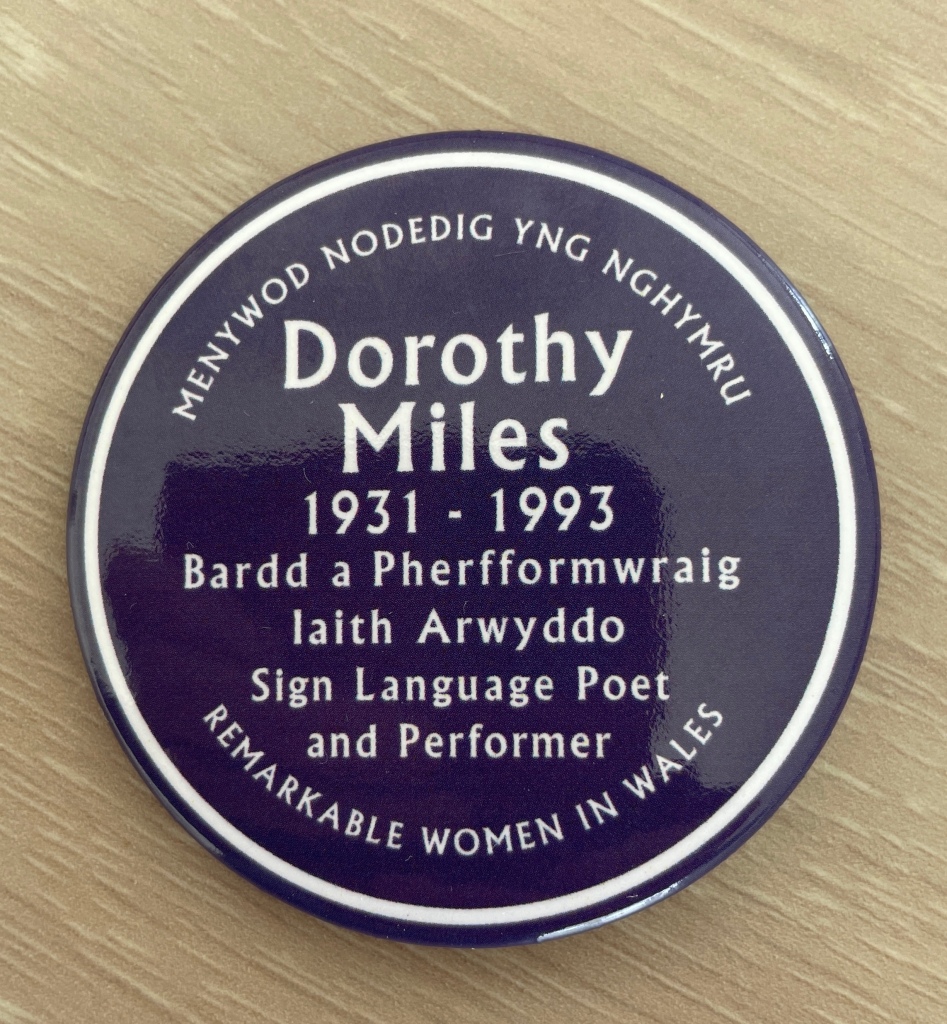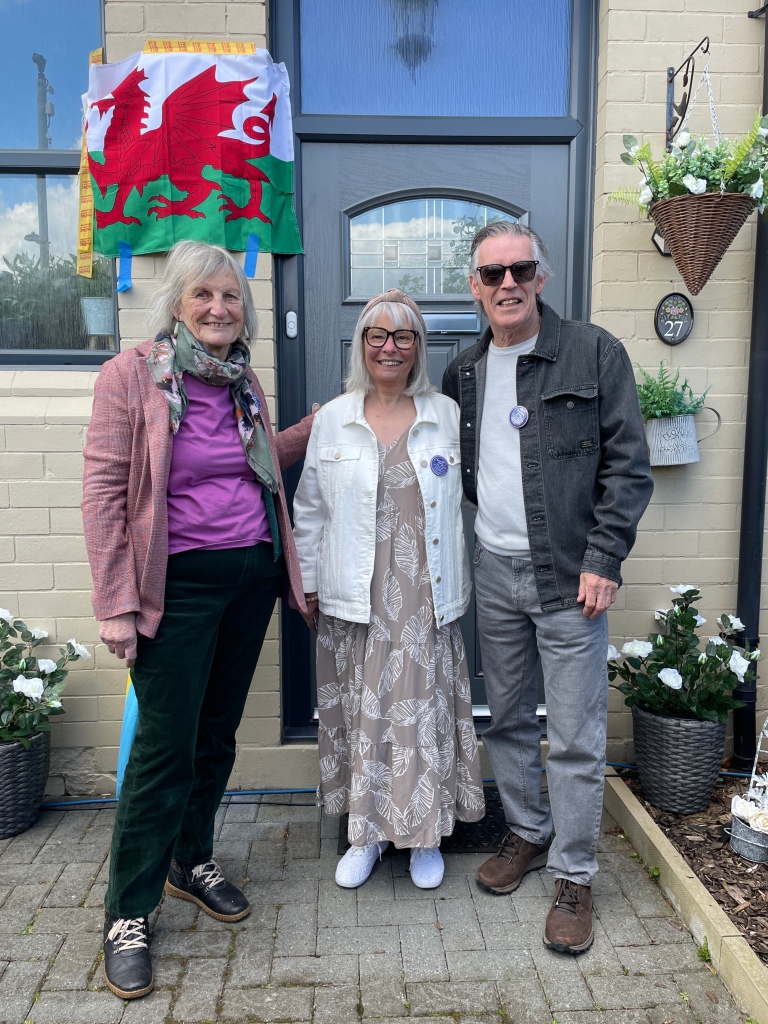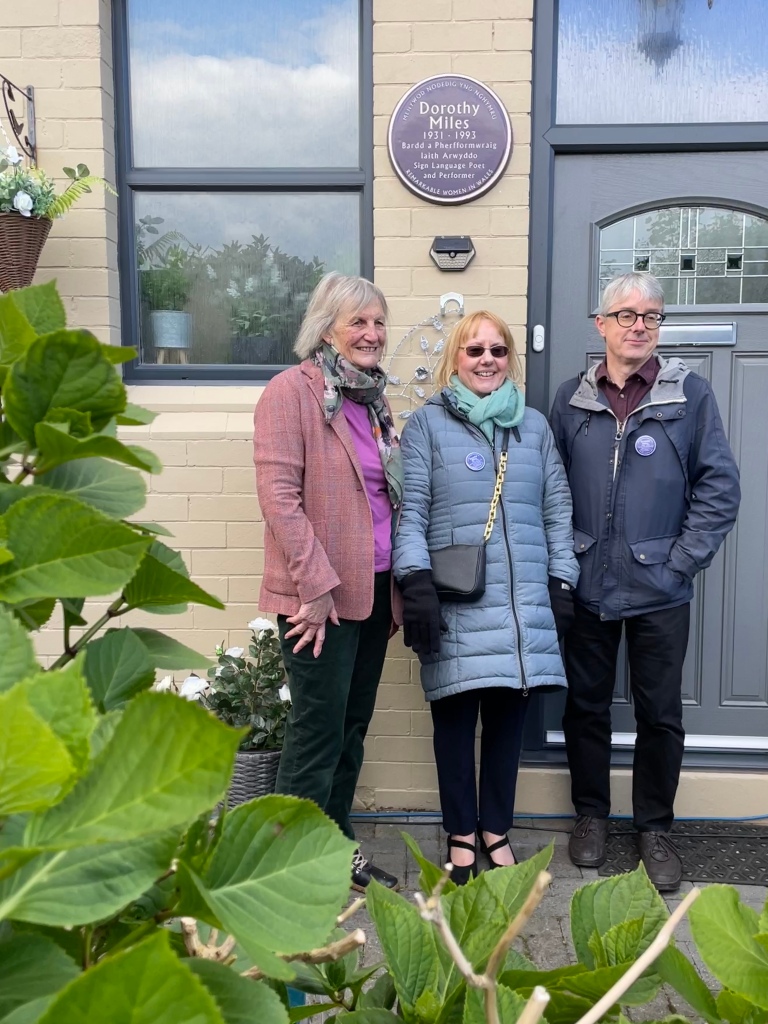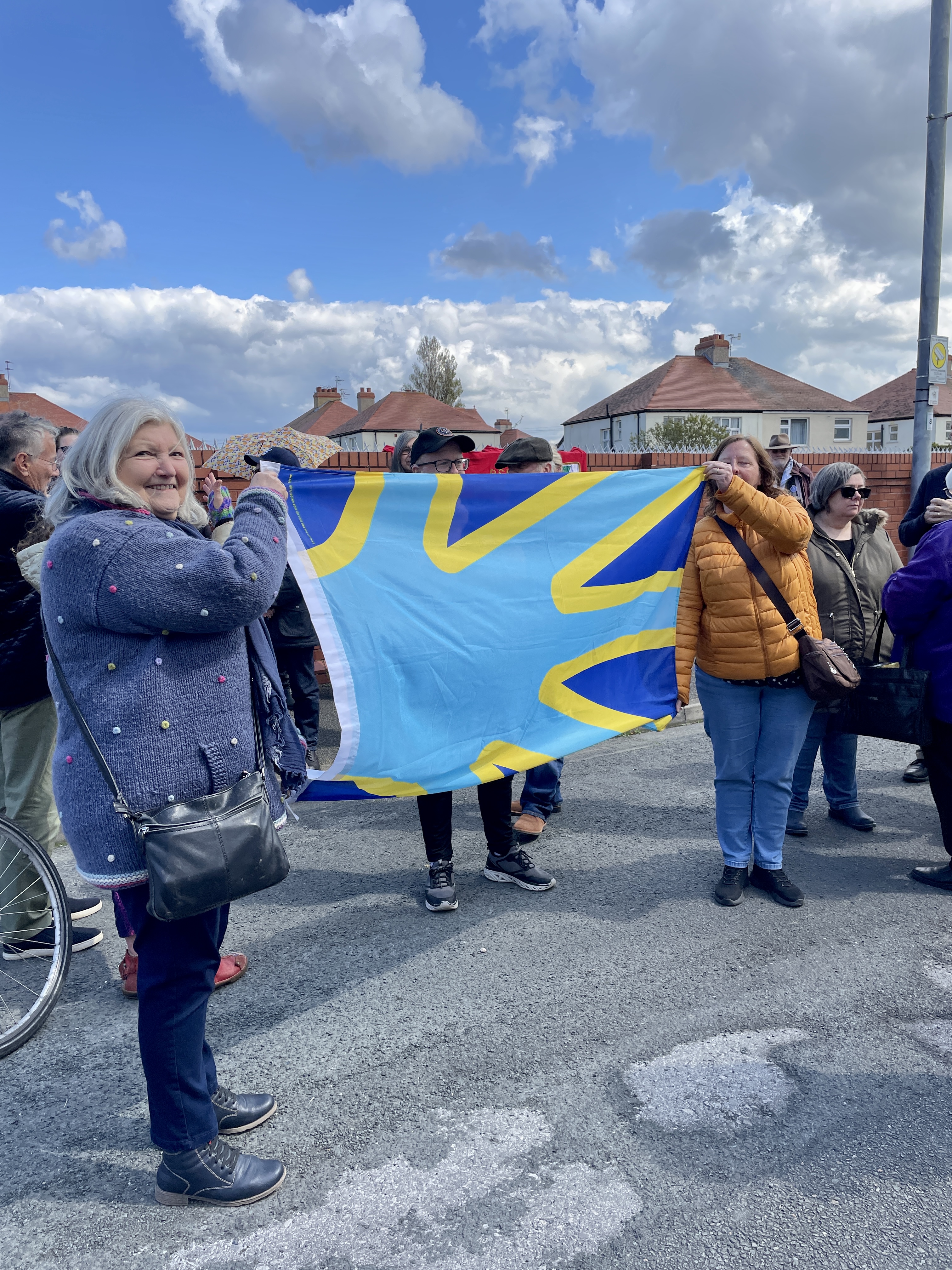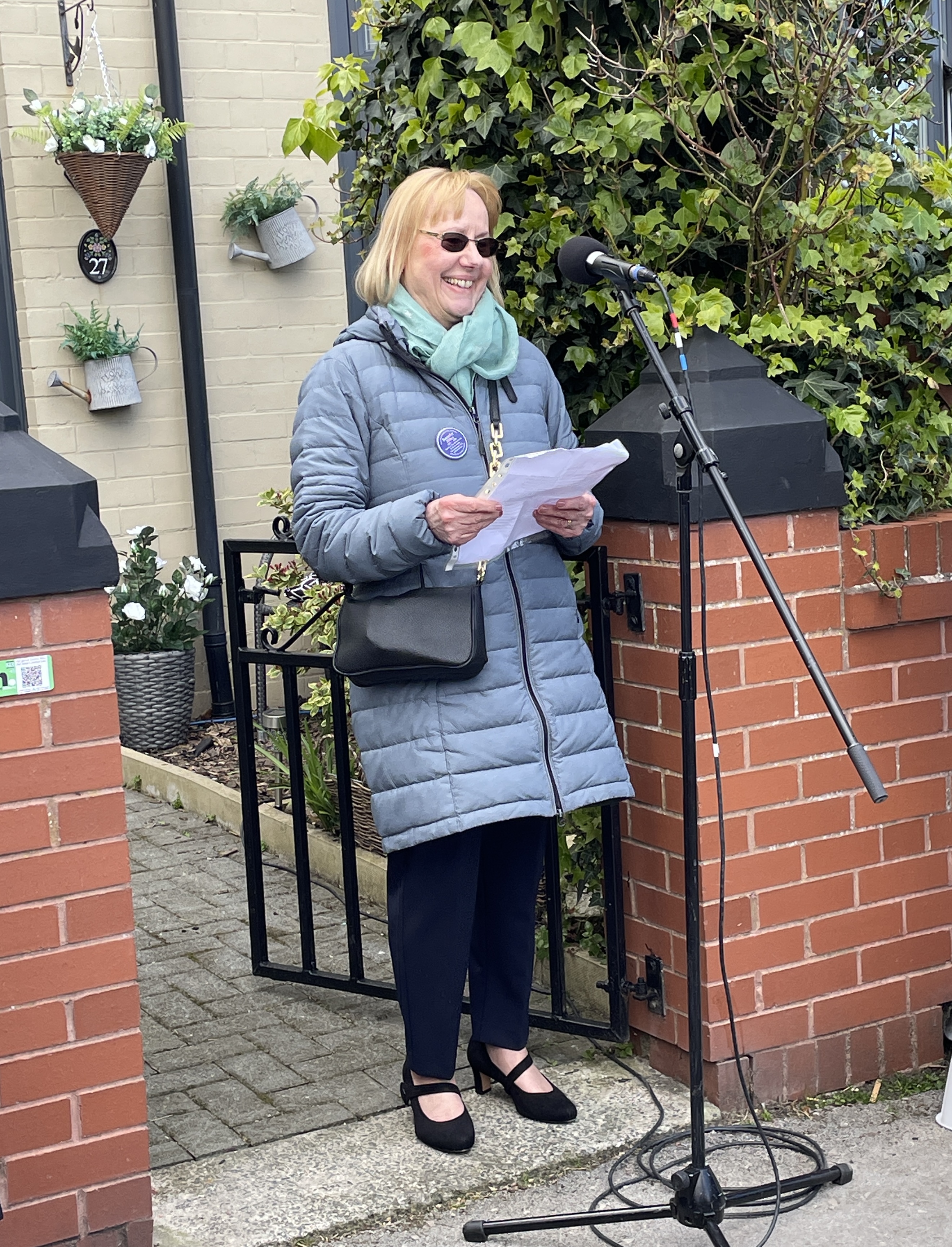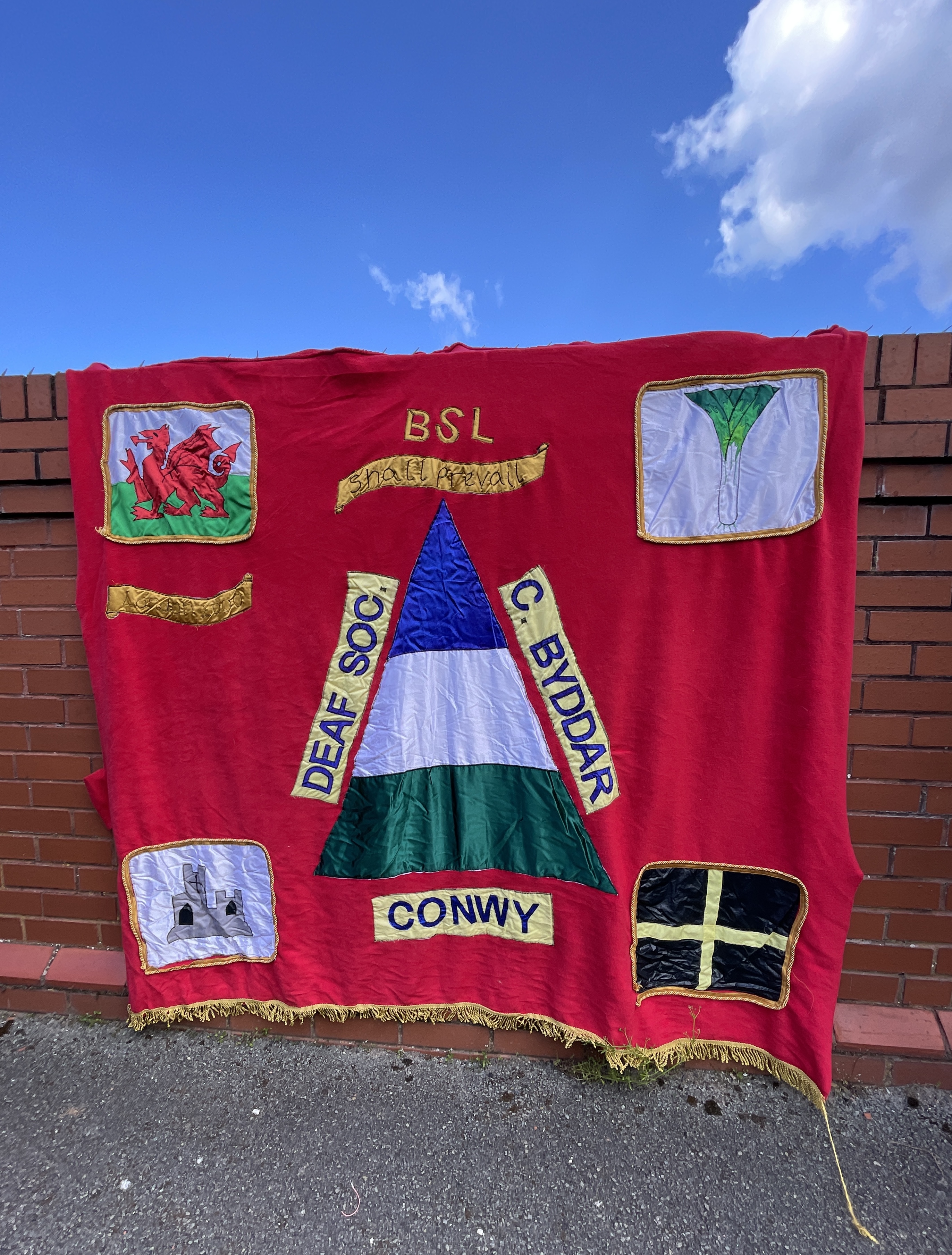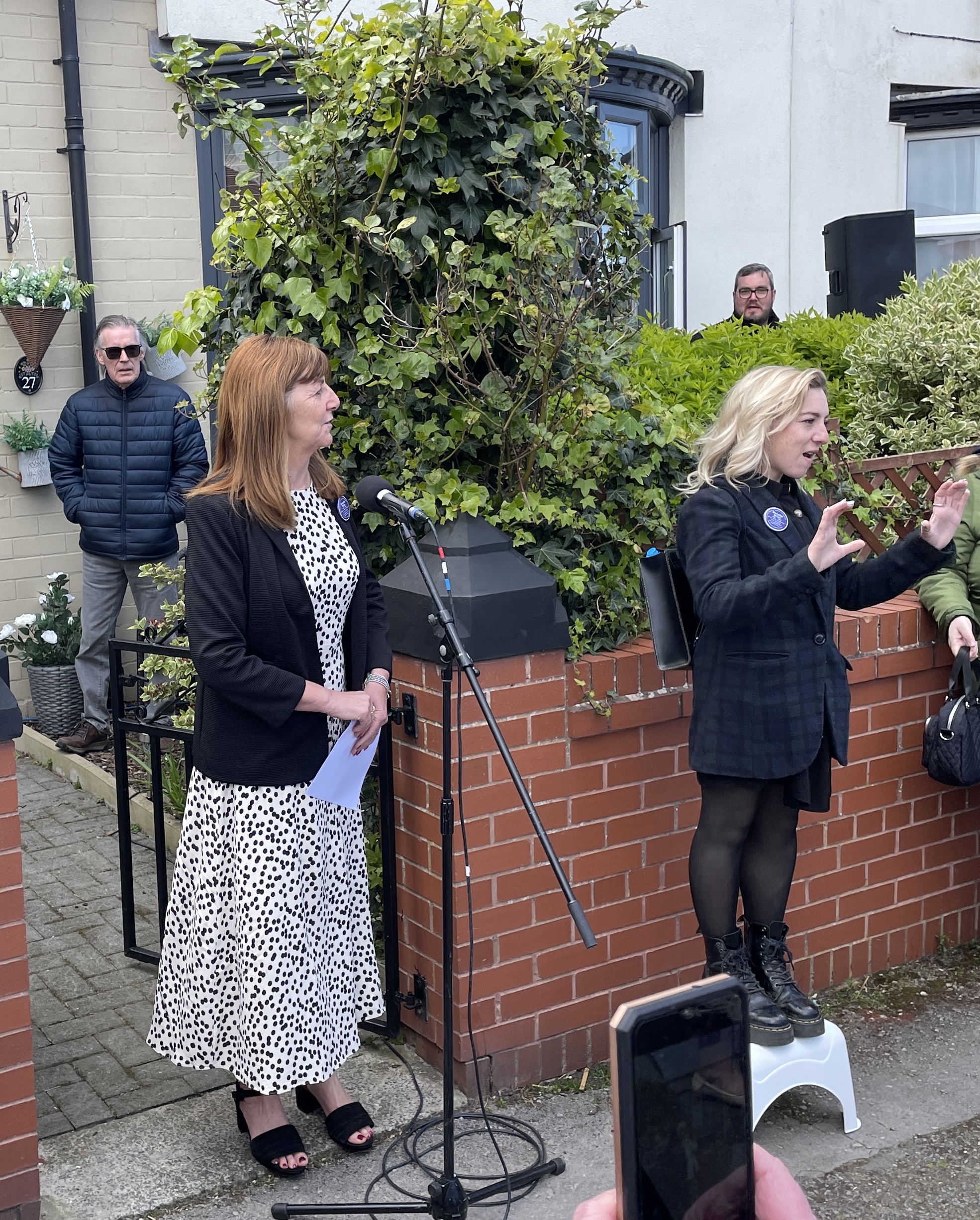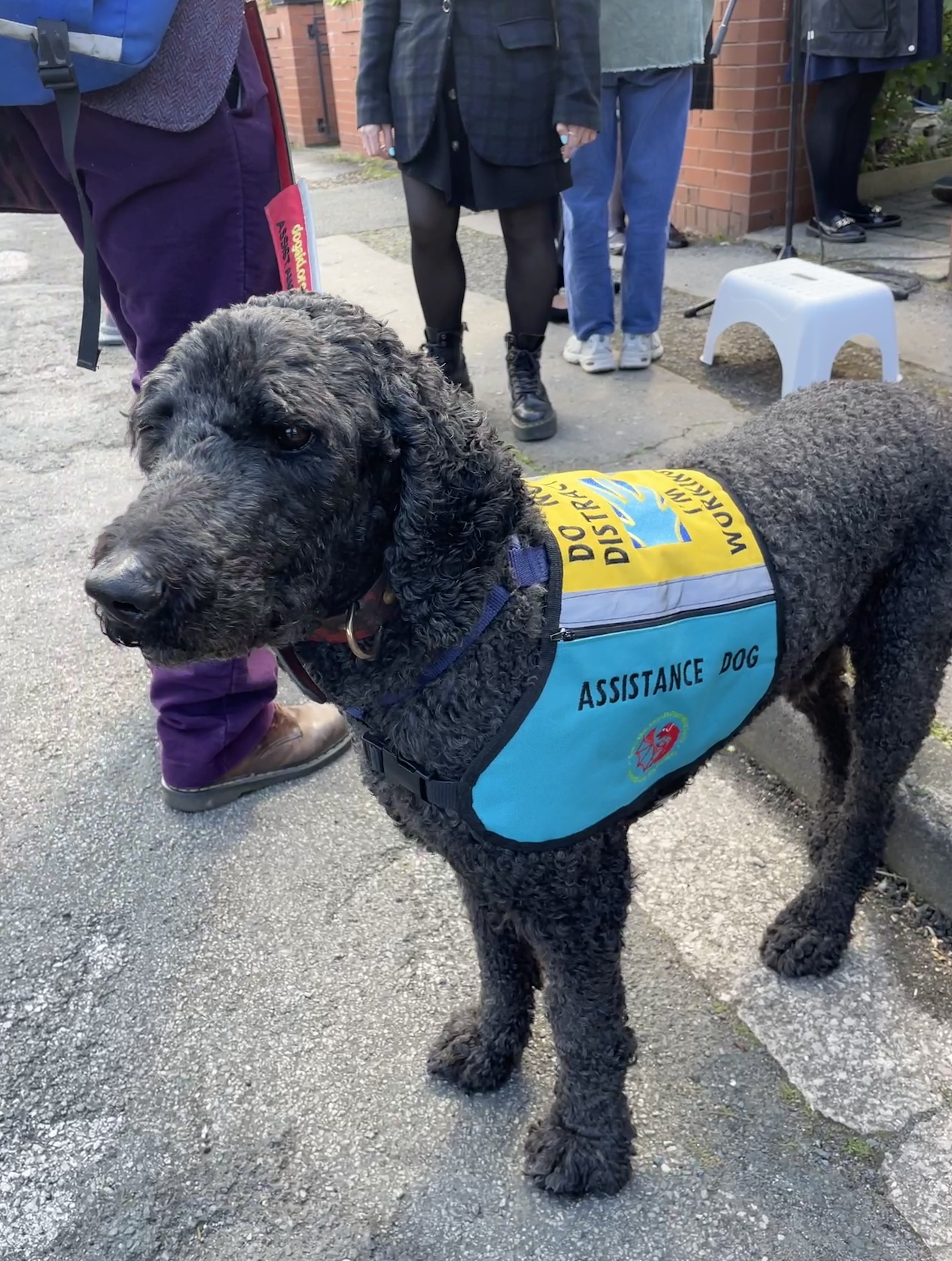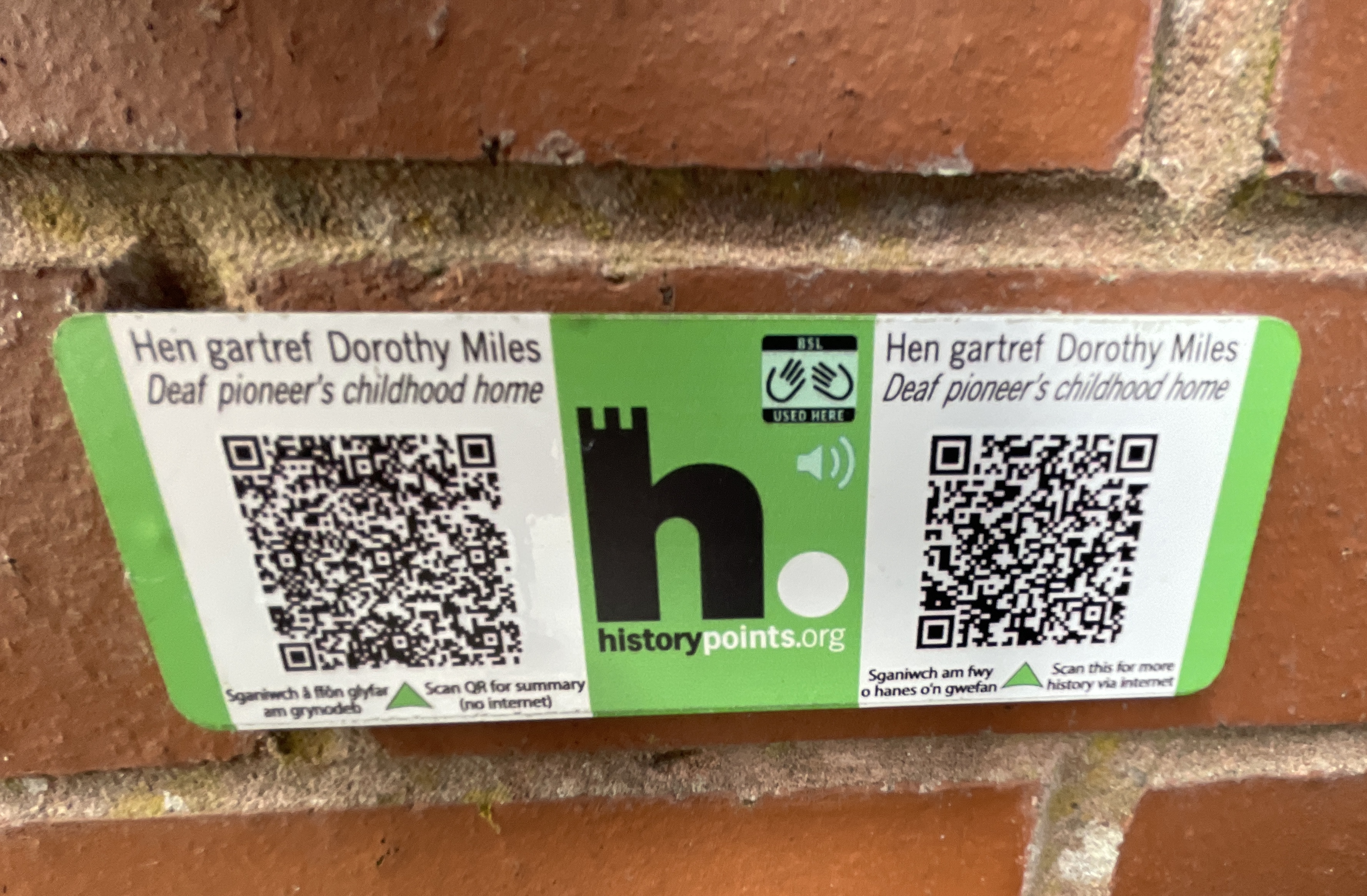
Many thanks to Carl Clayton, the nephew of Dorothy Miles, who has sent us this very interesting article about Dorothy’s father James Squire, and the family’s time in Rhyl.
“On the 25 March 2024 there was a post on this site about the unveiling of a Purple Plaque to celebrate the life of my aunt Dorothy Miles. I thought that the Rhyl History Club might like to know more about her family and what brought them to Rhyl.
James William Howard Squire was born in Wrexham on the 27th February 1884, the eldest of eight children. He worked as a hairdresser. In the 1911 census he is listed as working on his own account so he must have had his own salon.
On the outbreak of war in 1914 he enlisted into the Royal Welsh Fusiliers. His battalion was sent to Gallipoli in June 1915 and landed at Anzac Cove to reinforce the troops that had landed in April. From the very beginning James would have faced the horrors of this campaign where the allied forces were pinned down on the beach under constant enemy fire. He sought solace in reading and writing poetry. A favourite poem was the Rubaiyat of Omar Khayyam and in a poem found among his papers after his death he contrasts the beauty of the poem with the reality of people being killed around him. He concludes that the only way to survive the horror of war is to look forward to the time when it will all be over, and he can go home to his loved ones.
Above: James and Amy
In December 1915 James was seriously wounded and he was sent back to England to recover. In November 1916, while on sick leave, he married Amy Elizabeth Brick, a professional elocutionist who had ambitions of becoming a professional actor until her family forbade it. They met at a charity concert just before James left for war. Amy soon became pregnant, but James received orders to rejoin his Battalion which was now fighting in the Near East. James travelled to Marseilles in France and boarded the troopship Transylvania which was to take him to Egypt. The ship set sail on the 3rd May 1917 escorted by two Japanese destroyers. (Japan was on the side of the Allies in WWI and had sent some ships to the west to help the war effort.) The next day the Transylvania was hit by two torpedoes from a German U-boat and sank with the loss of 414 officers, men and crew. James survived and was rescued by the destroyer Matsu, He later recounted that when he woke up on the destroyer and saw an oriental face looking down at him, he thought he had died and gone to heaven – and this was what an angel looked like!
News of the sinking and loss of life soon reached home but details of the casualties and survivors took much longer. Amy was at home anxiously awaiting news when she saw the local telegraph boy cycling up the road. Fearing bad news, she ran down the path to meet him but tripped and fell which brought on a premature labour. The child, a boy, was born and christened, but died 24 hours later. The telegram was to say that James had survived.
Despite this tragedy, James had to go back to war and this time he was sent to the Western front. He served at Ypres, the site of several terrible battles and was wounded again, this time in the foot. He was discharged from the army in October 1918, just before the end of the war.
Suffering from a disabling wound and from what we would now call post-traumatic stress disorder, James found it difficult to find employment, so in 1920 James, Amy and their infant son Don, emigrated to Ontario, Canada where they bought a smallholding. They met with many problems; one year the farm was buried in a sandstorm that destroyed the entire crop. James then became a labourer at the local Heinz foods factory. Two more children, Jean and Elizabeth, were born in Canada but the family decided to return home in 1925. A third daughter, Wendy, was born in Wallasey.
In 1928 the family moved to Rhyl. This must have been a low point in James’ life. He was still suffering from his wounds, his Canadian adventure had failed, the Great Depression was about to begin and he had a growing family. At first James worked as a travelling salesman and they lived in St Margaret’s Drive but in 1934 James got help from the Rhyl branch of Toc H. This charity found a position at the Rhyl Telephone Exchange in Wellington Road for both James and Amy and accommodation for the whole family. James and Amy were both employed as cleaners and Amy was also responsible for answering any phone calls after the day staff had gone home. There is an account of Rhyl Toc H on the Rhyl History Club website which includes images of their booklet from 1936/7. Under the entry for Rhyl South Group is listed Russell Lloyd, the “Pilot” of the group who helped James get this position, and Jim Squire as a member of the group. This act of charity helped the family in their hour of greatest need.
In 1937 they moved from the Telephone Exchange to Westbourne Avenue. It was in this house that their youngest daughter Dorothy contracted meningitis that left her deaf, and which now displays the Purple Plaque.
To supplement their income Amy took in lodgers, especially holiday makers. To make room for up to two families, James and Amy slept in a shed in the garden behind the house. Amy was also interested in theatre and amateur dramatics, often writing and staging shows with members of the family. During WW2 the Manchester Repertory Theatre Company were evacuated to the Pavilion Theatre on Rhyl’s Promenade. Within the Theatre Company, there was a young Actor by the name of Joseph Holroyd who took lodgings in Amy’s boarding house. He set up theatre classes for the children of Rhyl which led to the setting up of the Children’s Theatre, later to become the Rhyl Little Theatre. Amy and other members of the family acted in some of the productions and afterwards the company would go round to Westbourne Avenue for a Rep supper and party games. Also, Amy provided lodgings and an open house for service men from local training camps including French, Dutch, Polish, Czechoslovakian, Canadian and US soldiers. After the war she welcomed German POWs waiting for repatriation and mature students from India and Africa.
Above: James with Dorothy. The reverse of the photo is annotated by Dorothy. “8th June 1939. Taken just before the war when we lived in Rhyl. Don’t my knees look grubby. It was taken for a ‘likenesses’ competition in the Sunday papers. I was 7 (nearly 8).”
After the war the family dispersed to follow their own careers. Dorothy went to study in America, married and changed her name to Miles. James and Amy left Rhyl and moved to London. Amy suffered from a heart condition and died in 1953. James was also unwell and moved around, staying with various relatives. In 1955 he was back in Rhyl and had to go into the Royal Alexandra Hospital for a minor operation. He died there on the 7th June aged 70.
James and his family had a hard life like many of their generation. For all of them Rhyl was a place of happy memories – a town which had welcomed them with an open heart and generosity. The plaque on the wall of the house in Westbourne Avenue can be seen not only as a memorial to Dorothy but also to the Squire family and to the town of Rhyl which gave them a home when they needed it.”




